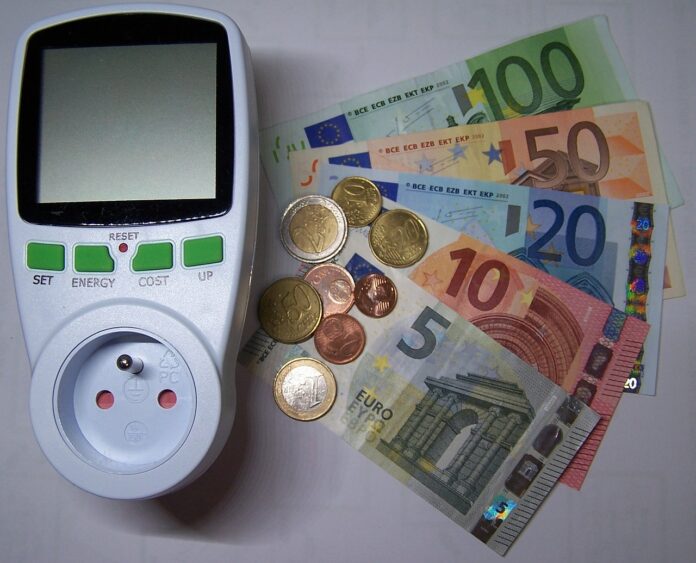The much-discussed energy price cap is really going to be effective starting January 1/2023. It was created by the government to compensate people with high energy bills. It sounds very simple, but the details are a bit more complicated. This article explains.
What is the price ceiling?
The price cap means that as a consumer you benefit from maximum tariffs, up to a certain level of consumption. If you consume more energy, then you pay the rate stipulated in your energy contract. If you have a variable contract, your rate will soon be higher than the maximum rates of the price cap.
The price cap rates and the level of consumption they apply
For gas, within the price cap, you pay €1.45 per cubic metre of gas up to a consumption of 1,200 cubic metres. For electricity, you pay €0.40 cents per kilowatt hour up to a consumption of 2900 kilowatt hours. If you are connected to a heat network (district heating), you pay €47.38 per gigajoule up to a consumption of 37 gigajoules of heat.
With the arrival of the price cap, the VAT reduction on energy will expire on January 1. The VAT then goes from 9 percent back to 21 percent. Unfortunately, you will see this reflected on your energy bill.
Who does the price cap apply to?
The price cap applies to small consumers, meaning anyone with a small energy connection. Think of households, self-employed people, small businesses and associations. The building with the connection must be intended for living or working. Think of a house, office or café. So it does not apply, for example, to a garage box with a separate connection.
When will I know what my new monthly amount will be?
That information will come through your energy supplier but will probably not be comunicated until after January 1, 2023.
Communal heating, how is that calculated?
Households with a shared connection, a so-called community connection (blokverwarming), are not subject to the price cap. They receive a fixed amount per home. The government has not yet decided what the amount is.
The price cap takes effect January 1, but my contract expires in April. How will it be calculated then?
Well, that’s rather complicated. The price cap applies from January 1, 2023 to December 31, 2023. According to the Ministry of Economic Affairs, the price cap is only feasible if it matches the annual energy bill.
Therefore, the maximum consumption is divided into two parts, namely the first part (up to your annual energy bill) and the second part (after the energy bill). That annual bill falls on everyone’s mat at a different time, because it just depends on when you took the contract out.
To make it easier, the central government has made a calculation example. If you have a contract until April 13, you can use 610 cubic meters of gas and 976 kilowatt-hours of electricity at the price cap rates for the first part of the year. If you use more, you will pay the rate set in your energy contract. From April 13 to December 31, you can still use 590 cubic meters of gas and 1924 kilowatt hours of electricity within the price ceiling. Want to know how much you are allowed to use until the end date of your contract? RTL News has created a calculation module.
Source: Omroepbrabant.nl
Translated by: Anitha Sevugan
















